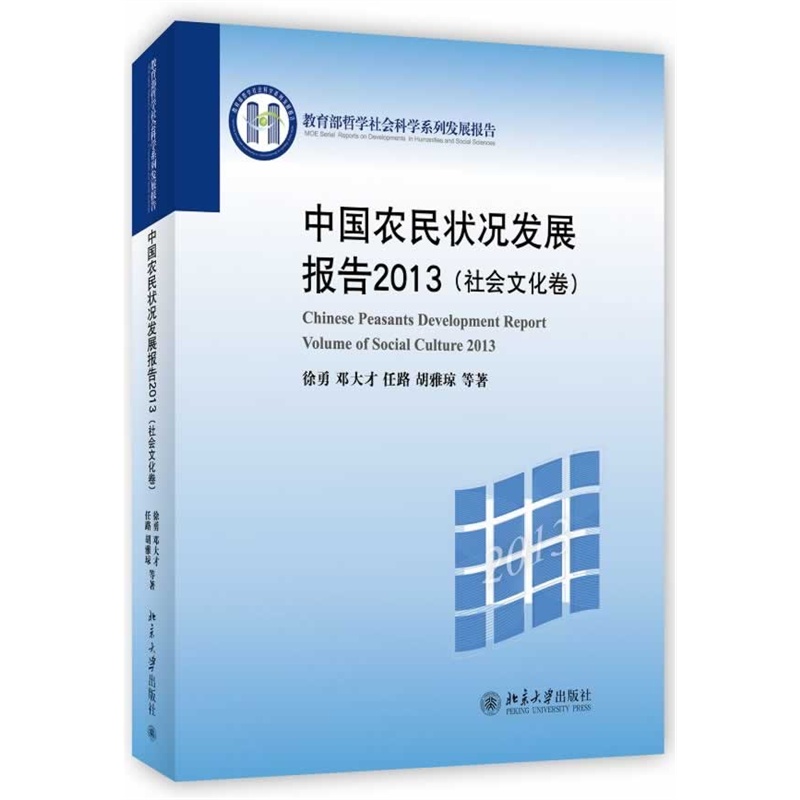Report finds rural life 'fairly happy'

On May 12, the Institute for Rural Studies at Central China Normal University in Wuhan released the “2013 Chinese Rural Development Report (section of society and culture)” . The report tries to present the general status of contemporary Chinese rural society and its culture through tracking a series of different aspects of life over a certain period, including marriage and family, mobilization and stratification, social communication, social security, cultural awareness and cultural service facilities.
The report finds 54.7% rural households listed themselves as "in the middle"when asked to appraise their social status within their villages. 21.9% ranked themselves as “upper level” or “above middle” and 23.4% as “low level or below the middle”. These statistics show the distribution of social status is “olive-shaped”—large in the middle and small at both ends.
“The changes taking place right now in China’s rural social structure have unseen risks. Farmers’ jobs and income are much more easily affected by the market than before. Fluctuations in the market can easily cause unemployment or lower wages, and consequently shake social stability”, explained Li Shanfeng, director of the Institute of Sociology at Shandong Academy of Social Sciences.
On average, each village has 3.56 rural organizations, the report finds. Half of the villages surveyed have two or more rural organizations, and only 5.9% have no rural organizations. The report also includes data about rural organizations’ effectiveness. For instance, 26.9% of organization members surveyed reported that they believed their income increased after joining; 16.4% said their interpersonal skills improved; 13.8% agreed that rural organizations provided assistance both in personal capacity and psychological health; and 7.1% said their social status improved.
The report also includes a “harmony” index and “happiness” index that attempt to capture the overall rural social and cultural situation in a quantitative metric. Comprised of six sub-indexes including rule of law, justice, integrity and friendliness, social flexibility, stability and orderliness, and harmony between humans and nature, the harmony index for 2013 was 59.3.
According to Xiong Caiyun, an associate professor from the Institute for Rural Studies at the Central China Normal University, the “happiness” index goes beyond the traditional approaches to quantifying happiness, which tend to be regional in scale and evaluate smaller samples. The index for the 2013 report covers the entirety of China and is based on large samples. At 0.56 for 2013, the index indicates Chinese rural society is “fairly happy”, Xiong indicated.
The Chinese version appeared in Chinese Social Sciences Today, No. 596, May 16, 2014
Translated by Feng Daimei
Revised by Charles Horne
The Chinese link:
http://www.csstoday.net/xueshuzixun/guoneixinwen/89569.html
